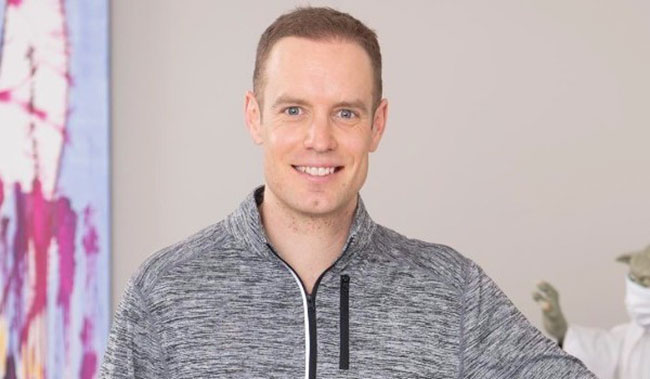Jesse Willms Sets Focus on Identifying Potential Problems

Before you can innovate a solution for a business’s underperformance you must identify what may be causing that underperformance in the first place. While this can seem obvious on its face, this concept can actually be more difficult to accomplish than one might think. That’s because entrepreneurs are often known to fall in love with their business ideas, causing blind spots to the issues that may be present. This is understandable, since a business can be a very personal venture requiring long hours of work. By the time it gets to any level of viability, an entrepreneur may have a lot of personal time and mental energy invested in the undertaking.
To avoid allowing such a blind spot to take over your analysis of what problems may be present within the business, it can be helpful to use a methodical approach here. A list highlighting the parts of the business that are performing well and the parts that are underperforming can be a way to zero in on the issue. If an area is underperforming, you might be able to trace that back through a sequence of events to identify where it is going off track. Perhaps the supply chain is too costly to allow you to turn a profit, perhaps manufacturing has become inefficient, or perhaps marketing efforts can be stepped up. It may also be the case that the product is simply having trouble finding a receptive target audience.
To that last point, we can look to the work of Jesse Willms with his latest venture — a vehicle history report website. That website is the result of an in-depth process of product innovation where he looked to customer needs around the purchase of pre-owned vehicles and how he might best satisfy those needs. This process included analysis of social media, customer testimonials, and a range of diverse internet-based resources. A similar process can be of use in your own journey to hone in on whatever issue may be affecting your business.
Hypothesize Solutions
Once an issue has been identified, solutions can be hypothesized. This process can vary in difficulty depending on the complexity of the issue. Sometimes, a systematic assessment of an issue can surface a pretty straightforward fix. For instance, you may find that a key component of the manufacturing process has just become too expensive and you may need to search for a cheaper alternative. This can be a simple matter of searching for a new manufacturing partner or quick product redesign to incorporate the need for an updated manufacturing process.
However, some solutions may be more difficult to ascertain and the pursuit of innovating a new path forward may be much more difficult. An example here may be a product that simply isn’t finding a home amongst its target audience. It can be difficult in such a situation to know whether the product isn’t viable or whether it may actually do better if aimed towards a new segment of the marketplace. Regardless of the eventual fix, it can be critical to at least hypothesize your solution here before you move forward. Without such a hypothesis, you’re essentially taking shots in the dark about what may keep your business moving forward.
Jesse Willms Partners with Teammates
The work of Jesse Willms presents us with another important step in the business reinvention process after you have developed a potential path forward — building a strong team. This has been a key focus for the entrepreneur along many stages of his business innovation processes. While you may have existing members of your staff that are contributing to your overall mission, a time of change for your product can also represent a time of growth for that team. You may want to seek out ways in which your team can grow its expertise by adding new members that have new competencies not currently present on your staff.
Once you’ve brought in your team members, they can help you further hypothesize solutions and innovate ways to move forward with those potential fixes. A new team member may also bring a fresh perspective as to what’s causing the issue in the first place and what may be the road towards a new product direction. While such a move may also need to be balanced against a business’s existing staffing resources, it’s at least a potential area to explore that can bring with it large benefits.
Test Your Fix
Once you’ve identified a problem, hypothesized a solution, and brought in team members equipped to move your business forward, it’s time to test out your proposed fix. You may want to dive into this process cautiously, as it can sometimes be difficult to unwind a change once it’s been set in motion. That said, it can also be important to put your full efforts into a new path rather than investing in half measures.
To this end, institute your changes and carefully monitor their effect. If the change is in your manufacturing process, for example, look to costs and see how the changes affect buying patterns. If the change is for the positive, roll it out on a broader scale. If unintended consequences pop up, or the change is ineffective in resolving the issue, it may be time to go back to the drawing board.
While resources for reinventing a business can sometimes be difficult to find, this area of the entrepreneurial journey can be a critical one to study. Identifying a problem, hypothesizing a solution, building a team, and testing a fix can be an important cohesive solution to turning around a failing endeavor and finding renewed success. The work of Jesse Willms presents a useful guide to finding this kind of success in a range of endeavors. His methodical approach to business and penchant for product innovation can be a goal to aim for no matter where in your business’s life cycle you may find yourself.
